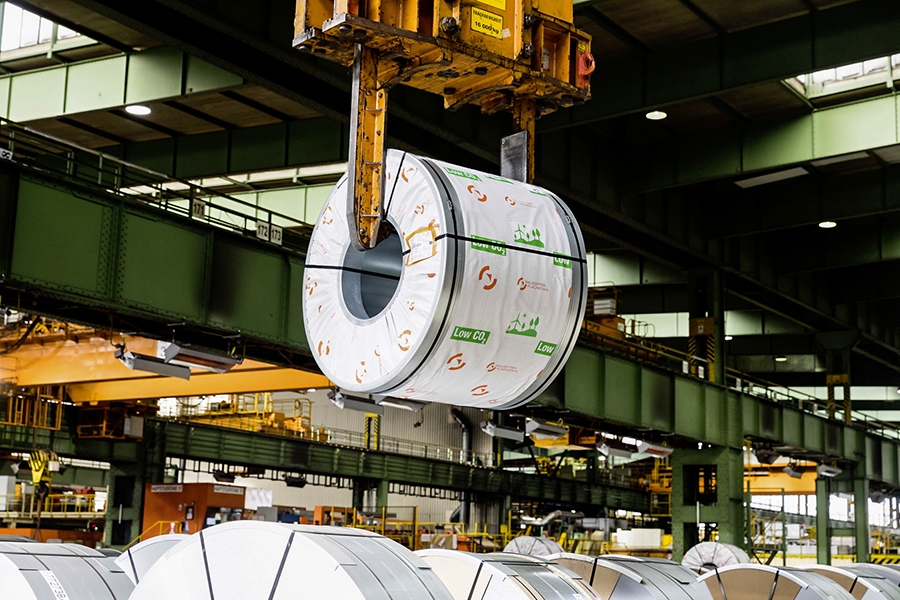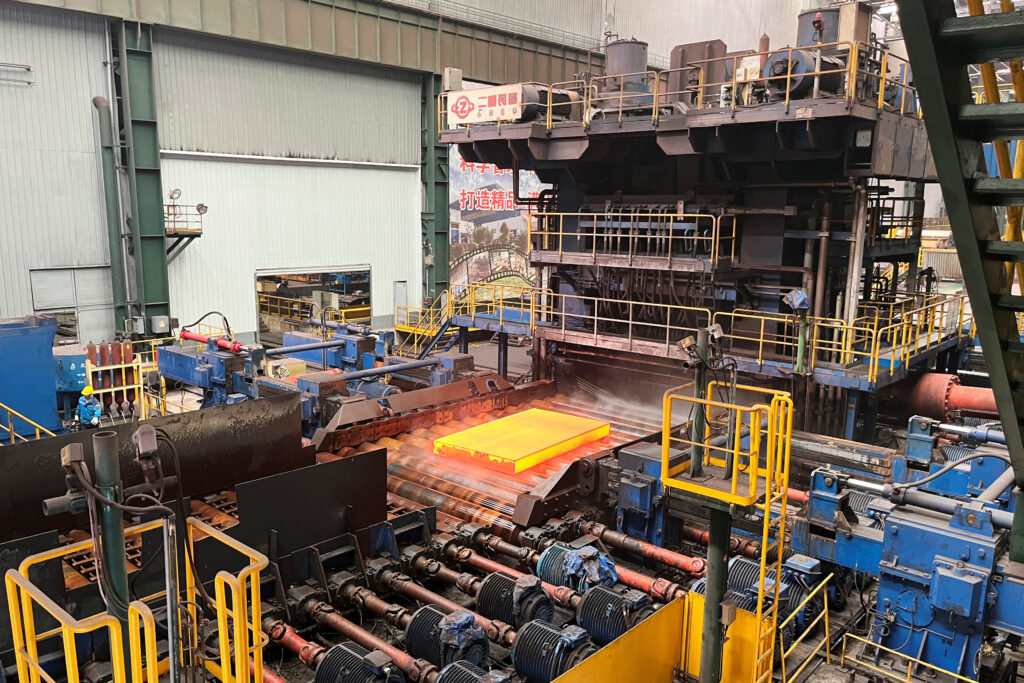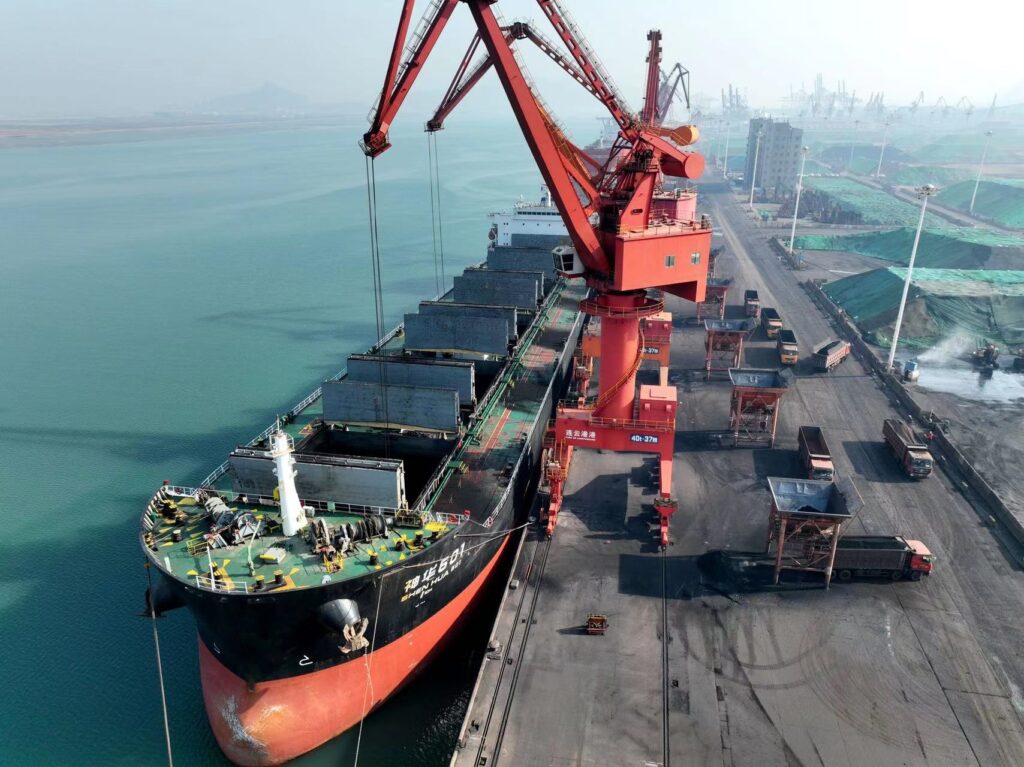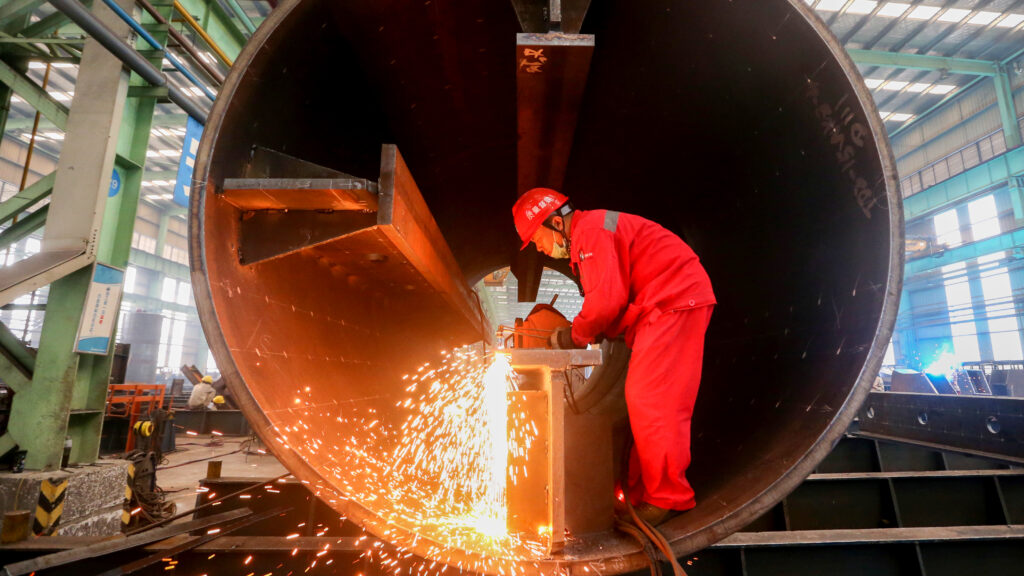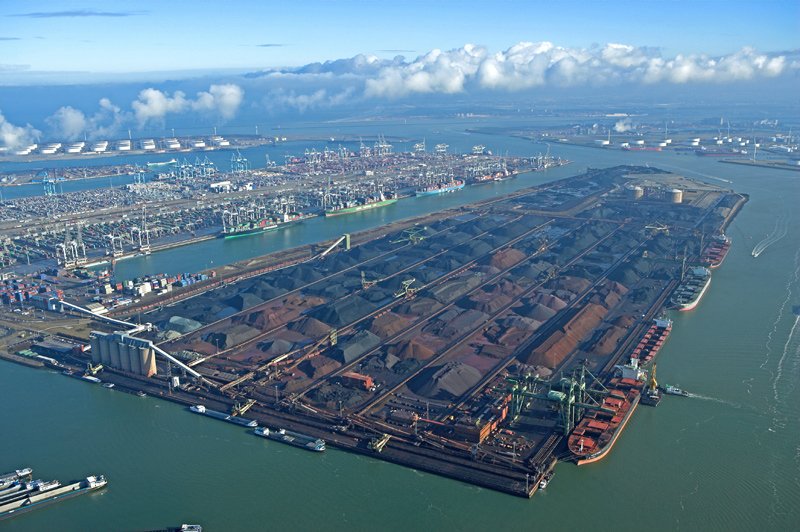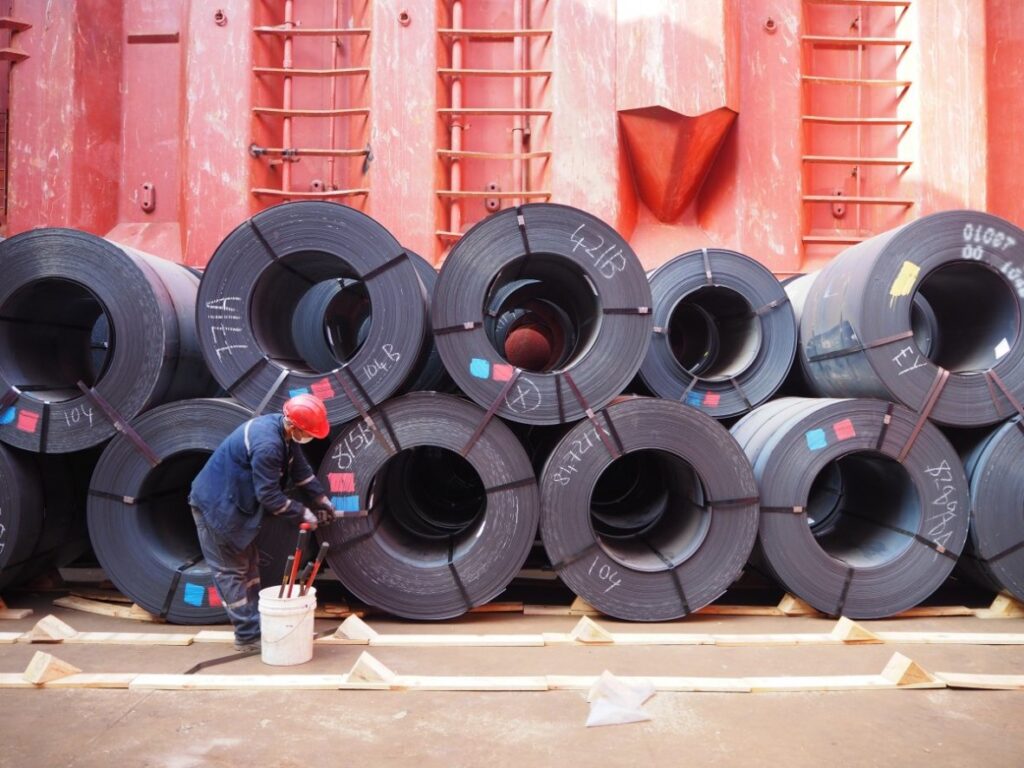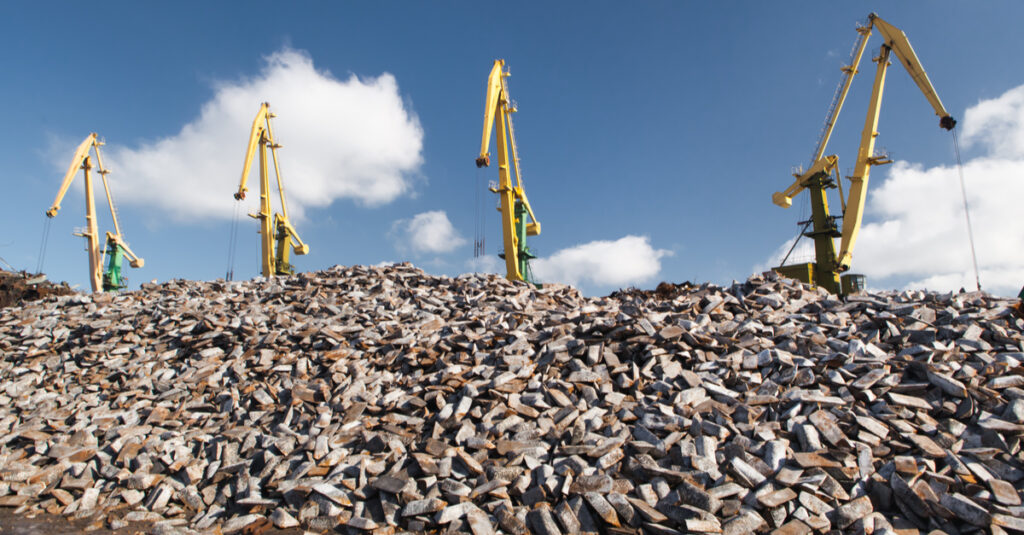It will likely take 20-25 years for Europe to secure sufficient hydrogen supply to decarbonise its steel industry. In the meantime, Polish coking coal will continue to play a role, while carbon capture use and storage (CCUS) must be accelerated. This was the conclusion of a panel during Monday’s Industry in Transition conference held in Poland’s industrial capital, Katowice.
Europe’s steel industry requires 5 million tonnes/year of hydrogen supply to decarbonise its operations, Eurofer director general Axel Eggert pointed out at the event organised by the Katowice commerce and industry chamber, attended by Kallanish. Major steelmaking projects in the region will be ready to use hydrogen by 2026/27, but there is no hydrogen supply. Conventionally-produced hydrogen is available at €10-11/kg but it needs to be at €2-3 to be competitive, he added.
Coking coal will be required as long the alternative technology is not fully implemented, which will take a long time in the EU, opined Tomasz Slezak, who recently became chief executive of state-owned Polish coal exporter and steel processor Weglokoks. Poland has the coal mines, the skilled workforce and the knowhow, which gives it some breathing space. However, coking coal is negatively perceived despite being on the EU’s Critical Raw Materials list.
European Parliament Member and former Polish Prime Minister Jerzy Buzek, moderating the panel, pointed out that by utilising CCUS, industrial firms could use coal for the next 100 years if they wished.
Eggert added that CCUS is critical for the development of Europe’s steel industry. There will not be sufficient renewable energy supply to meet demand by 2034, when the EU’s free carbon emissions allowances are due to expire. That means CCUS will be necessary to continue coal-based steelmaking for a time.
The EU’s Net Zero Industry Act (NZIA) has set a target of 50 million tonnes of annual CO2 storage capacity by 2030. This would need to increase to 280mt by 2040 and 450mt in 2050 to achieve climate neutrality. “We need to speed up the process because ten years is not a lot,” warned Eggert, adding that CCUS locations still need to be chosen and the installations set up.
By Adam Smith, Kallanish

